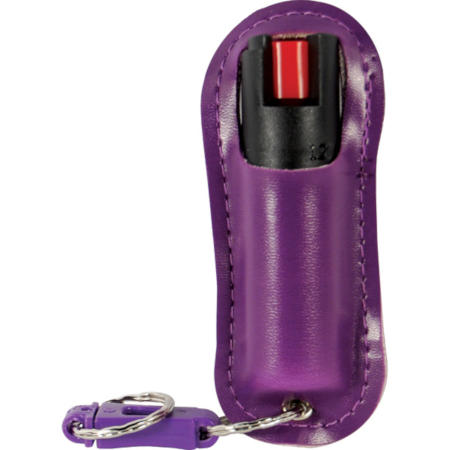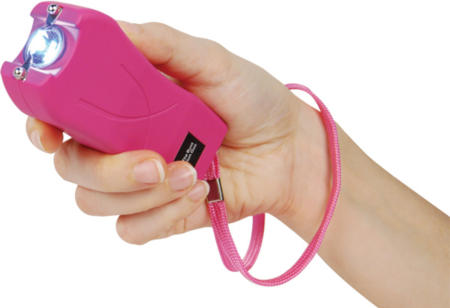Empower Yourself: Essential Self-Defense Moves and Tips for Women

Feeling safe and confident is a right every woman deserves. While avoiding dangerous situations is ideal, knowing basic self defense for women can empower you to protect yourself if the need arises. From simple moves to practical safety tips and the best self-defense tools, this guide equips you with the knowledge to react quickly and effectively. Originally published in 2023, this post has been updated with TBOTECH’s expert advice and top recommendations to help you stay prepared and secure in any situation.
Essential Self-Defense Moves for Women
These simple yet effective moves can help you defend yourself and create an opportunity to escape an attacker. Practice them regularly to build confidence and muscle memory:
1. The Palm Strike
A palm strike to the nose or chin can stun an attacker, giving you a chance to flee.
- How to Do It: Use the heel of your palm, keeping your fingers bent back. Aim for the nose or jaw, striking upward with force while stepping forward to add power.
- When to Use: Ideal when facing an attacker head-on at close range.
- Tip: Keep your wrist straight to avoid injury, and aim for the softest part of the face for maximum impact.
2. The Groin Kick
A powerful groin kick can incapacitate an attacker, especially if they’re larger or stronger.
- How to Do It: Stand with your dominant leg back, knees slightly bent. Use the top of your foot or shin to strike the groin as hard as possible, aiming slightly upward.
- When to Use: Effective in close-range situations or when the attacker is standing directly in front of you.
- Tip: Don’t telegraph the move—distract the attacker by looking away or raising your hands, then strike swiftly. For more details, see our guide on Groin Kick Self Defense.
3. The Elbow Strike

A Well-Placed Elbow Strike to the Nose, Eyes, or Throat is Effective
An elbow strike is perfect for close quarters when punches aren’t practical.
- How to Do It: Bend your arm and use your elbow to strike the chin, jaw, ribs, or stomach. Rotate your torso and step into the strike for added power.
- When to Use: Useful when the attacker is very close, such as in a confined space like an elevator.
- Tip: Aim for soft targets like the stomach or jaw to maximize pain and disorientation.
4. Escaping a Wrist Grab
If an attacker grabs your wrist, you can break free using leverage and quick movement.
- How to Do It: Rotate your wrist toward the attacker’s thumb (the weakest part of their grip) while pulling your arm back forcefully. Step away immediately to create distance.
- When to Use: Effective when an attacker tries to restrain or pull you.
- Tip: Use your free hand to push against their arm for added leverage, and follow up with a strike if needed.
5. The Eye Strike
An eye strike is a last-resort move that can temporarily disable an attacker.
- How to Do It: Use your fingers or thumbs to jab or press into the attacker’s eyes. Aim for a quick, sharp motion to cause pain and disorientation.
- When to Use: Use this move in extreme situations when other options fail, such as when pinned or restrained.
- Tip: Combine with a loud yell to startle the attacker and attract attention.
Self-Defense Tips for Women
In addition to physical moves, these practical tips can help you stay safe in various situations:
- Stay Aware: Always be mindful of your surroundings—avoid distractions like headphones when walking alone, especially at night.
- Maintain Distance: Keep a safe distance from strangers, ideally an arm’s length, to give yourself time to react if needed.
- Use Your Voice: A loud shout like "Back off!" or "Help!" can startle an attacker, deter them, and alert others nearby.
- Walk Confidently: Stand tall, make eye contact, and project confidence—attackers often target those who appear vulnerable.
- Trust Your Instincts: If a situation feels off, leave immediately—your gut feeling is often your first line of defense.
- Practice Regularly: Rehearse these moves in a safe environment to build confidence and make them second nature.
- Secure Your Space: When entering your car or home, have your keys ready and check your surroundings to avoid ambushes.
Best Self-Defense Tools for Women
Pepper Spray for Women's Self Defense
Carrying a self-defense tool can enhance your protection and give you an edge in dangerous situations. Here are TBOTECH’s top recommendations for women, designed for discretion and effectiveness:
- Lipstick Pepper Spray: A 0.5 oz pepper spray disguised as lipstick, delivering a 10% Oleoresin Capsicum formula with a 6-foot range, perfect for discreet carry in a purse or pocket. Shop Lipstick Pepper Spray
- Cat Self Defense Keychain: A keychain shaped like a cat with pointed ears for striking pressure points, made from durable aluminum, offering a lightweight yet effective self-defense option. Shop Cat Self Defense Keychain
- Runt Stun Gun with Wrist Strap: A compact stun gun with 80 million volts, featuring a wrist strap with a disable pin to prevent the device from being used against you, ideal for close-range defense. Shop Runt Stun Gun with Wrist Strap
- Women’s Safety Kit: A curated kit including a pepper spray, personal alarm, and stun gun weapon, designed to provide women with a comprehensive set of tools for daily protection. Shop Women’s Safety Kit
Who Can Benefit from These Self-Defense Techniques?
These moves and tips are tailored for women in various scenarios:
- Women Walking Alone: The groin kick and eye strike are quick moves to escape threats while walking at night or in isolated areas.
- Commuters: The wrist grab escape and elbow strike are ideal for crowded spaces like public transport, where attackers may get close.
- Students: College students can use these techniques and tools (e.g., Lipstick Pepper Spray) to stay safe on campus or in dorms.
- Travelers: The compact tools in the Women’s Safety Kit are easy to carry while traveling, ensuring protection on the go.
Explore More Self-Defense Resources
Enhance your safety with these TBOTECH resources:
- Groin Kick Self Defense: A Powerful Move to Stay Safe – Dive deeper into the groin kick technique.
- How to Protect Yourself from Sexual Assault: 50 Practical Tips – Comprehensive safety strategies.
- Shop Stun Guns – Reliable close-range protection.
- Shop Pepper Spray – Affordable and effective defense.
Stay Safe and Empowered with TBOTECH
Self-defense is about empowerment—knowing you can protect yourself in any situation. By learning these basic moves, adopting smart safety habits, and carrying TBOTECH’s self-defense tools, you can take control of your safety with confidence. Stay aware, stay prepared, and stay safe!
Add your comment now!
Post CommentRecent posts
-
06/27/2025Personal Safety Devices for Women
-
06/27/2025Can You Bring Pepper Spray on a Plane?
-
06/27/2025Are Butterfly Knives Illegal?


